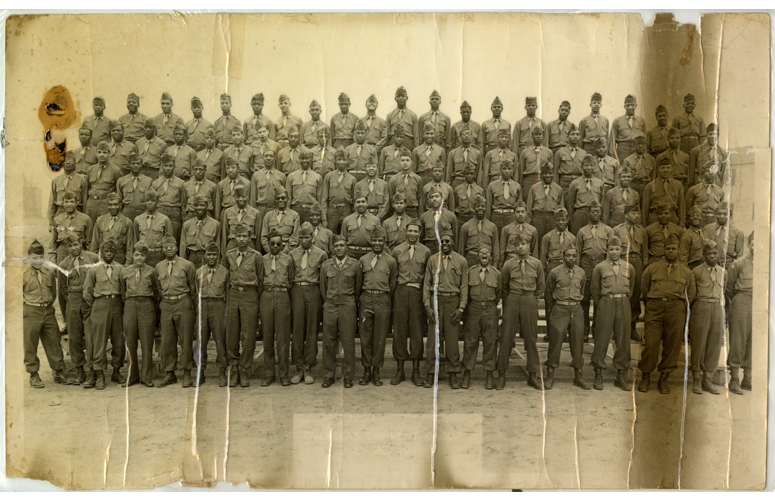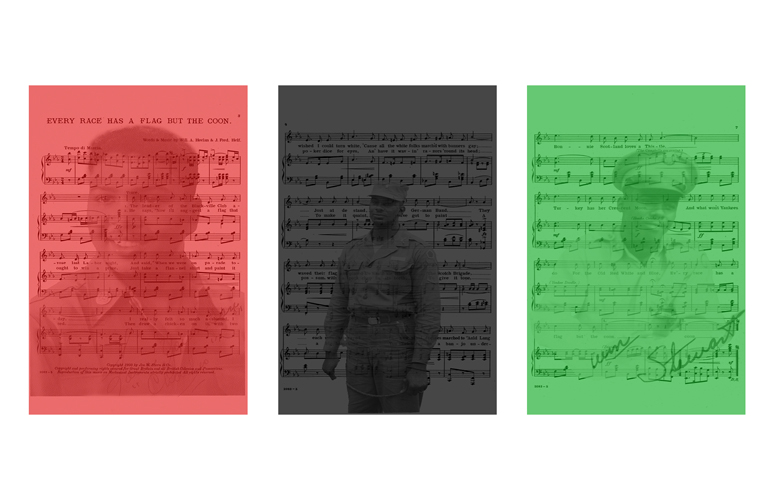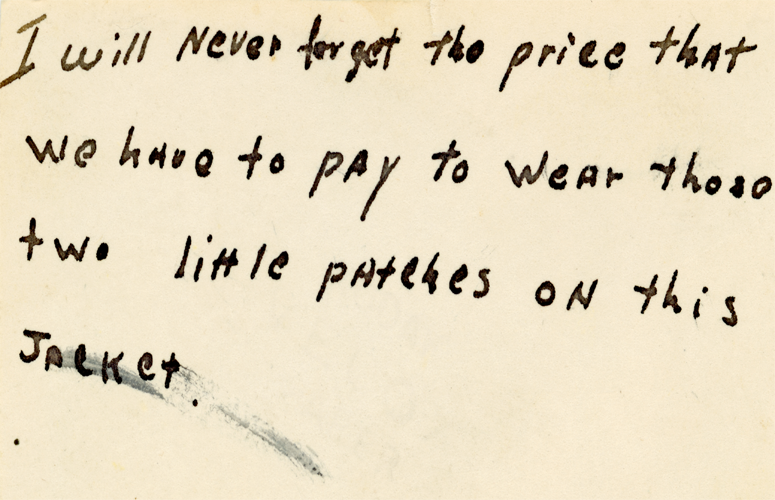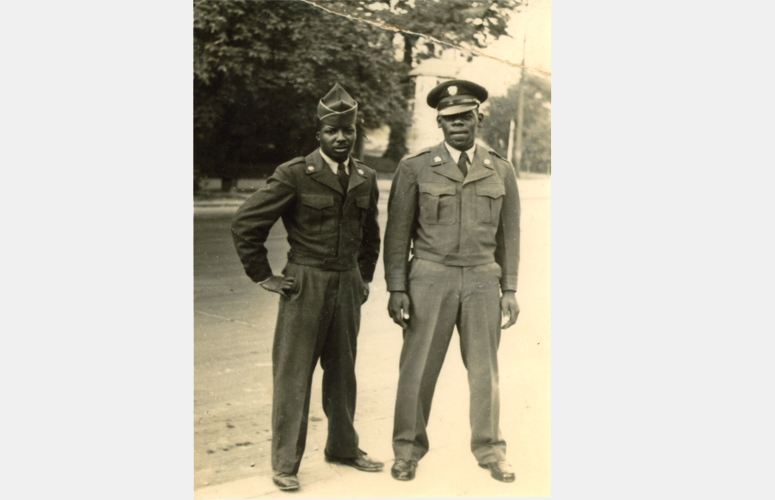Restitution and Recuperation: An Exhibition by Charles H.Lee
Dates:
October 26, 2024 - December 22, 2024
Gallery:
MarinMOCA Novato | Second Floor Gallery
Reception:
October 26 | 2-4pm
Address:
500 Palm Drive, Novato:
Charles Lee: Restitution & Recuperation
MarinMOCA Novato | Second Floor Gallery
Opening Reception October 26, 2024
In June of 1944, President Franklin D. Roosevelt signed what became known as the G.I. Bill of Rights. This bill provided Veterans with funding for housing, job training, education, business loans and unemployment insurance. The G.I. Bill is often credited with creating the American Middle Class. Unfortunately, the dream of socioeconomic equity went largely unrealized for Black Veterans, including both of my grandfathers.
The benefits of the G.I. Bill were extended to the Korean War. Both my maternal and paternal grandfathers were Korean War Veterans. They returned home from the war to the shadow of Jim Crow. Neither of them were able to get a loan to buy a house. Here were two men that laid their lives on the line in the name of a country that didn’t recognize them as equals. Even in the face of discrimination and death, they persisted and were able to ascend to middle class with hopes of sharing their slice of this American pie with their progeny. They fought for perceived freedoms that they themselves were not allowed to partake in, imposing a military presence on other persons of color.
When my grandfather and family arrived in San Francisco in 1966, the West Coast was still an active military outpost. By that time, many Black people had migrated from Southern states to escape Jim Crow and to work at the shipyards and other military installations. Black Men and Women largely contributed to the work forces that supported the military. Over 600,000 Black women were “Rosies,” many working in the shipyards from Richmond down to Long Beach. This history is largely unknown to many current Californians nor are they aware of the major socioeconomic and ecological implications as a result of the military industrial complex’s stronghold in the state of California. Most of these military bases and shipyards have been closed, many due to their negative environmental impact. Others because the threat of war on our home turf was no longer present. Some sit with empty homes and inaccessible land with manicured landscaping, like Alameda Naval Base, while others are marked for commercial development, like Treasure Island, Point Molate in Richmond and the Naval Shipyards of Hunter’s Point.
According to the Senate’s Summit Committee, in 2020, California had the highest number, 11,401, of homeless Veterans in the nation. That’s 31% of the U.S. total population of homeless veterans. 70% of these veterans were unsheltered, meaning they reside in places that are not meant for human habitation. This is also the highest percentage in the nation. According to HUD, California’s Black veterans represent 33% of unsheltered veterans despite representing only 12% of all veterans in the state.
Restitution and Recuperation is an exhibition that underscores matters from the categorical denial of G.I. benefits for many Black soldiers, to the irony of vacant housing on California’s decommissioned military bases and the state possessing the highest homeless veteran population in the nation, to the ecological damage caused by the military industrial complex. These issues are as social as they are political. Using archival documents and contemporary color landscape photographs and visceral sculptures, video montages and installations, this exhibition is a call to action that aims to evoke critical dialogue surrounding solutions, ideas of financial reparation and recompense, and environmental restoration.
Bio:
Charles Lee (b. 1983) is an interdisciplinary artist hailing from Honolulu, Hawaii and raised in Richmond, California. His work, spanning installations, collage, assemblage, photography, film, sound, and text, delves deep into the impacts of external viewpoints and obscured histories and iconography on the individual self and the collective. Through the use of personal archives, narrative storytelling, healing practices and the confrontation of the internal shadows, Lee seeks to cultivate heightened self-awareness and empathy. Central to his practice is an emphasis on the significance of intrapersonal awareness, community, and our shared journey towards healing and mutual comprehension, all in service of forging a more equitable future.
Lee holds an MFA in Fine Arts from California College of the Arts, and a BA in Business with a focus in Marketing from Bowie State University. His work has been exhibited broadly including Berggruen Gallery (SF), the Kemper Art Museum in St. Louis, Casemore Gallery, SF Camerawork and 1014 Gallery in London. His work is held in the collection of the Museum of Contemporary Photography at Columbia College and Recology.
Image Credit:
1. Band of Brothas, 2024. Pigment print. Courtesy the artist
2. Flags of Our Fathers, 2024. Archival pigment prints on cotton fabric. Courtesy the artist
3. Untitled (headlands), 2024. Pigment print on vinyl. Courtesy the artist
4. Never Forgotten, 2024. Archival pigment print on canvas. Courtesy the artist
5. Band of Brothas II, 2024. Archival pigment print on rice paper. Courtesy the artist
Restitution and Recuperation: An Exhibition by Charles H.Lee
Dates:
October 26, 2024 - December 22, 2024
Gallery:
MarinMOCA Novato | Second Floor Gallery
Reception:
October 26 | 2-4pm
Address:
500 Palm Drive, Novato:
WE'RE EASY TO FIND!
1210 Fifth Avenue
San Rafael, CA, 94901
415 506 0137
info@marinmoca.org
Map HERE
Museum Hours
Wednesday - Friday
11am to 4pm
Saturday - Sunday
11am to 5pm
The Museum is closed from December 24 through January 3, July 4th, and Thanksgiving.








